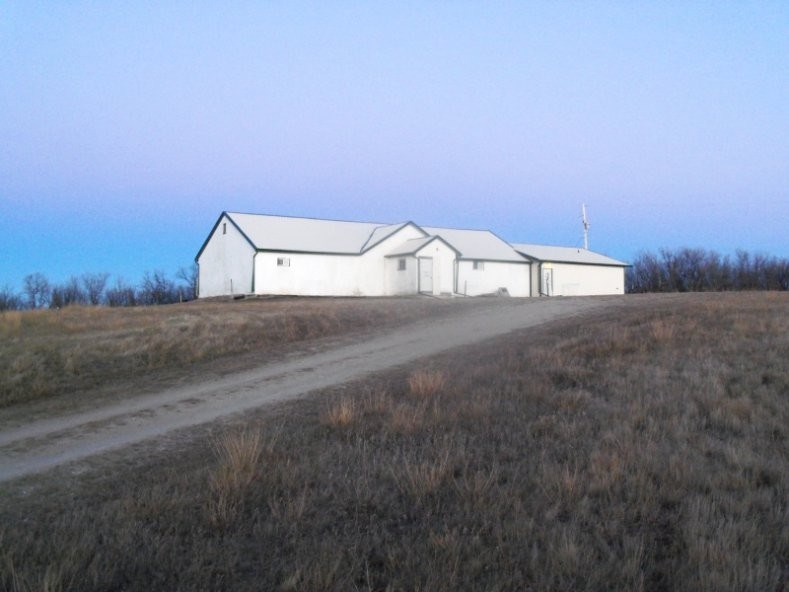MOOSEJAWTODAY.COM — The Dirt Hills and neighbouring Cactus Hills are the largest glacial push slopes in the world and formed more than 10,000 years ago as the glaciers moved north.
The advancing ice sheet acted like a bulldozer, pushing, moving, and uplifting earth until it ran into the upward slope of the escarpment. The Dirt Hills are composed mostly of bedrock and drift and were stacked to form a single block 215 metres (705 ft) thick.
The moraine is almost 1,000 square kilometres (390 square miles) in size with a height of 880 metres (2,890 ft) above sea level, while both major hills form an amphitheatre-shaped landform.
These hills run from the Village of Avonlea’s Blue Hills west to the Cactus Hills near the Village of Briercrest and south to the Dirt Hills around the Hamlet of Spring Valley.
The Dirt Hills region is covered with interesting sights, from the ridges and hills to deep coulees and wildlife.
There are also the Wood Mountain and Fort Qu’Appelle Trails, Oro Lake — saltier than the Dead Sea — and the routes the North West Mounted Police (NWMP) took in 1874 while travelling to their headquarters in Fort McLeod, North-West Territories (now southern Alberta).
Federal surveyors in the 1880s identified the Dirt Hills as the highest point in a line between Cypress Hills and the hills in Ontario.
In 1886, Moose Jaw-area homesteader Thomas McWilliams discovered clay northeast of Dirt Hills while berry picking and looking for lost cattle. Recognizing the value of this clay, he laid claim to the land and moved his family there to a new homestead.
McWilliams also began mining the refractory clay, the first official record of the Claybank clay. In 1914, a brick plant was built and began selling bricks throughout Canada and the United States. This location is now the Claybank Brick Plant National Historic Site.
Several years ago, residents of Dirt hills recognized the area’s significance and importance of connecting nature and culture. They developed the Spring Valley and District Interpretive Centre and located it in the hamlet’s historic Artesian School.
The centre welcomes tourists and conducts guided tours of the area while explaining the region’s many features. The tours include panoramic views, a trip to Oro Lake, and visits to a bison jump and pioneer’s stone home.
Visitors should also view the over 100-year-old Roman Catholic Church in the hamlet with its unique plaster Stations of the Cross.
The centre is open by appointment from Monday, May 15 to Friday, Sept. 15. To arrange a tour, call or or email .




